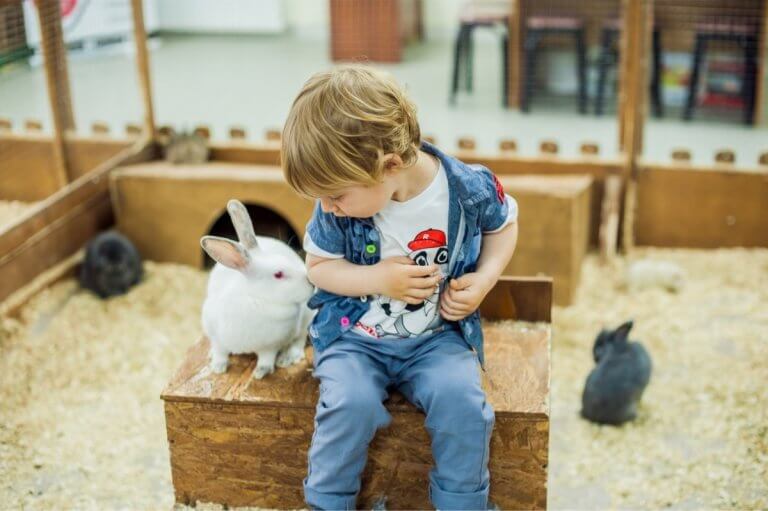
From goldfish tanks to tortoises, many schools around the world keep pets in the classroom.
Teaching young children how to take responsibility for the planet’s living creatures, schools embrace the benefits of having classroom creatures.
One of the honorable mentions from the Pets in the Classroom #HabitatContest! We had so many great entries!
“Flash the Bearded Dragon lives in a two story handmade Australian oasis complete with a hammock, pool, and hideaway. Made with real driftwood, and real plants!” pic.twitter.com/iPZb4t7TjY
— Pets in a Classroom (@PetsinClassroom) January 12, 2019
On the topic of pets in the classroom, UK Education Secretary Damian Hinds recently unveiled that during his school visits, he noticed how ‘well-being dogs’ are becoming popular.
“This is one of those things that wasn’t around when I was at school and I hadn’t really realised the incidence of it until I was education secretary. At first, I was a bit surprised, but for the kids, it can be really uplifting, particularly those that have different ways of expressing themselves and coming out of themselves – and the dog or the pets can really help,” Hinds explained.
As Hinds points out, one major purpose of classroom pets is to minimis the stress and anxieties facing young people today.
Whether it’s a ‘well-being dog’ or an emotional support hamster, pets are helping children relax and wind down after complex lessons or academic tasks.
Taking Ember, our class hamster, for a walk in the school. (She is in the blue ball) @PetsinClassroom #ocsb @AssisiOCSB pic.twitter.com/wzD24bGBxf
— Nancy Janus (@JanusNM) November 6, 2018
But is this an ethical education trend?
Having a furry friend to play with and take for walks around the school grounds is fun, but what happens when all the children and teachers go home? Are these pets always well looked after?
Last year, WWF published an eye-opening article that listed the top reasons why you shouldn’t have a pet tortoise.
“Six o’clock in the morning, everybody is in a hurry, people are driving to work, kids are dropped to school, but yet Rasoa doesn’t start to move. Rasoa is 30 years old and since my brother adopted her 20 years ago, she has never left her yard. She will wake up only at 9, Rasoa has nowhere else to go and nothing to do, and my brother expects nothing from her. This is because Rasoa (Rasokatra) is not a human, but a Radiated tortoise,” the article explains.
Could the situation be the same once the children have left school and all the lights are switched out? If so, that’s one lonesome and tiresome experience for the animal.
The same goes for hamsters, fish and other types of caged pets.
What if the classroom gerbil isn’t taken out to play for two weeks? It is simply fed and peered at through a cage. Is this an ideal existence for an animal that thrives off attention and companionship?
While classroom pets may work in favour of children and teachers, it may not be what’s best for the animal in question.
So, before the trend for ‘well-being dogs’ catch alight and the number of classroom companions increase, first, we must contemplate the well-being of the animal.
Inspire hands on learning with a classroom pet! Get details on how the Pets in the Classroom Grant Program can help teachers buy a small pet, fish or reptile for their class 🍎✏️ https://t.co/OgeOiPhlZS #inthistogether #fortheloveofpets pic.twitter.com/nwBDFmC5Ha
— PetSmart (@PetSmart) August 28, 2018
Liked this? Then you’ll love…
5 Instagram accounts school teachers need to follow
Know Your Rights: The pets you can and cannot keep in a US college dorm







